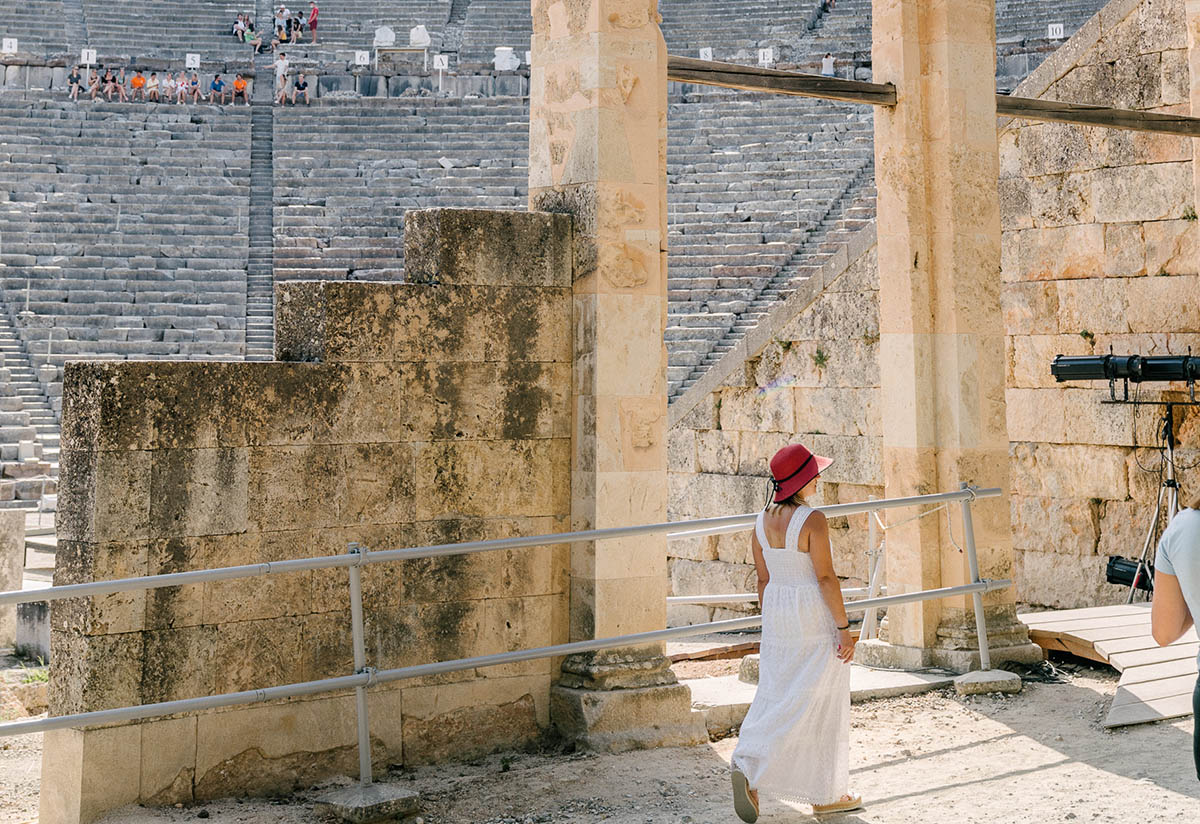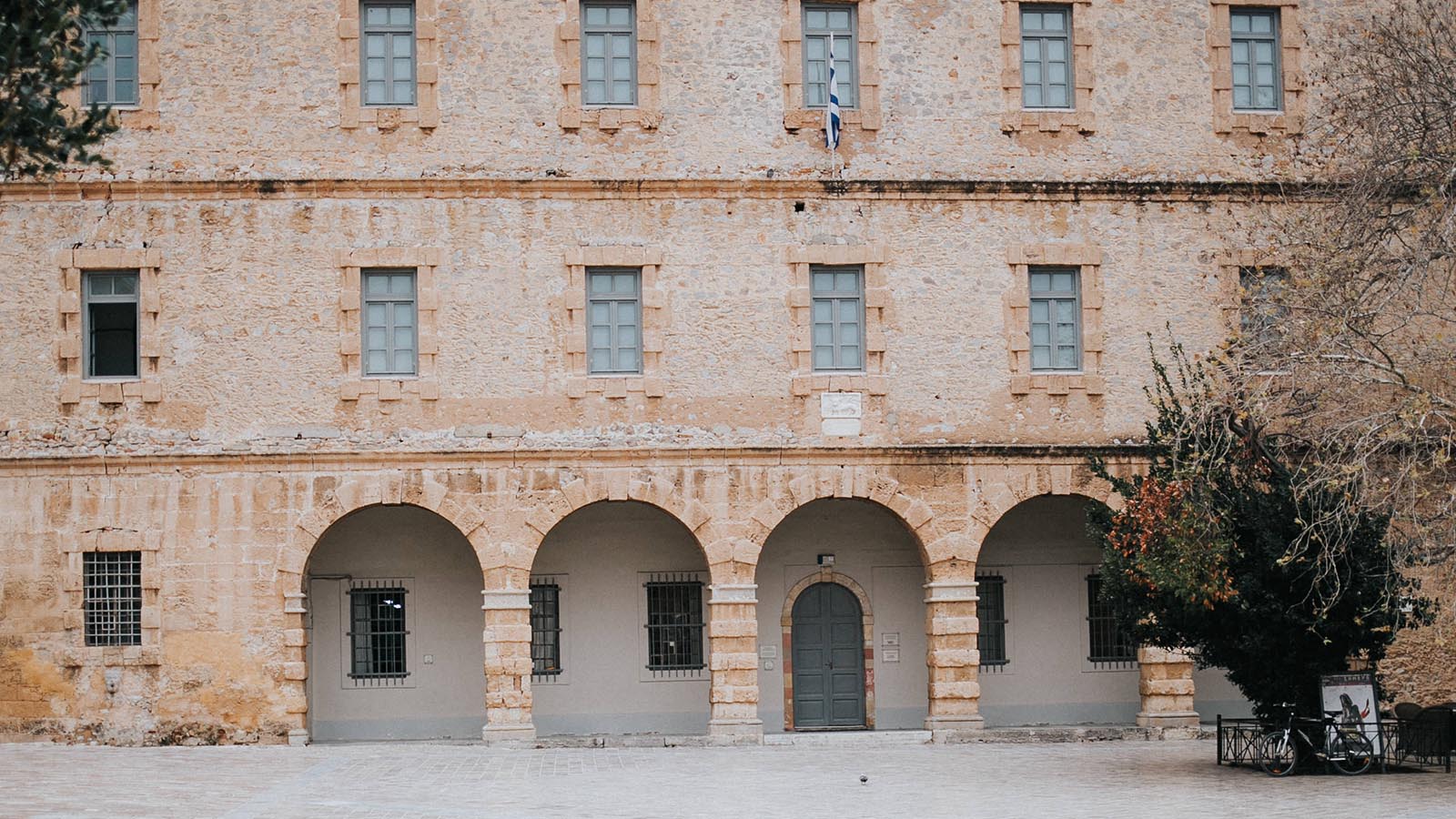Emplacement unique
Nous vous souhaitons la bienvenue à Nauplie, une ville spéciale qui charme chaque visiteur ! La beauté naturelle de la région, la culture qui se diffuse dans tous les coins, les ruelles pittoresques et les gens souriants vous impresseront. De plus, personne n'est venu à Nauplie une seule fois

Vieux Epidaure
Dans l’Antiquité, Épidaure était le lieu de culte le plus important du dieu Asclépios (dieu de la médecine). Son nom vient de l’ancien héros Epidaure, fils d’Argos. Il est devenu célèbre dans toute la Grèce grâce à son sanctuaire d’Asclépios et le théâtre d’Epidaure. Il est à environ 30 km de la ville de Nauplie. Il fait partie du patrimoine culturel mondial de l’UNESCO depuis 1988.

Théâtre antique d’Epidaure
Le théâtre antique a été construit en 2 phases : fin du 4ème siècle avant JC et milieu du 2ème siècle avant JC. Il a été construit par l’architecte Polykleitos. Il peut accueillir jusqu‘ à 13mm spectateurs. Dans l’antiquité et jusqu’à aujourd’hui, il accueille des représentations de drame antique.

Mycènes
Mycènes était l’un des plus grands centres de la culture grecque dans l’Antiquité. Ils ont donné leur nom à toute une période qui s’étend de 1600 av. J.-C. à 1100 av. J.-C. (Mycénienne). Son roi Agamemnon était le chef des Achéens lors de la guerre de Troie. De cette époque, de nombreuses ruines imposantes sont conservées, telles que la porte des Lionnes, des tombes à fosse ou à coupole et d’autres qui sont situées sur le site archéologique.

Palamède
Aucun endroit ne représente mieux l'esprit et l'histoire de Nauplie que la forteresse de Palamède. Construite en trois ans à peine au début du XVIIIe siècle, elle est peut-être la plus belle fortification vénitienne en Grèce et montre, par ses dimensions, la valeur que les Vénitiens attribuaient à Nauplie.

Bourtzi
De loin, elle ressemble à une sculpture en pierre. Lorsque vous traverserez avec un petit bateau les quelques mètres qui séparent l’îlot de Aghioi Théodoroi de la côte et vous arriverez au fort vénitien de 1473, vous découvrirez son architecture hexagonale.

Syntagma Square
Almost in the center of Nafplio you will find Syntagma Square with beautiful neoclassical buildings and view of Palamidi. The square is surrounded by several historic buildings, such as the Archaeological Museum, the old State House, the palace of Ioannis Kapodistrias, the house of Theodoros Kolokotronis and the church of Agios Georgios.

Old City
Nafplio’s old city is one of the most beautiful old cities in Greece! Narrow streets and traditional houses travel visitors to another era. The whole old city was laid out in the time of John Kapodistrias designed by the engineer Stamatis Voulgaris. Vasileos Constantinou Street is the first street made in Greece with classical standards, as Kapodistrias wanted the cities and roads to be adjusted to the European standards. In the old city of Nafplio there are many attractions, shops with traditional products and souvenirs, cafes, restaurants and taverns.

Musées
Dans la ville de Nauplie, il y a plusieurs musées qui peuvent être visités par le voyageur tels que,Le musée archéologique de Nauplie,La Fondation du folklore du Péloponnèse,Le musée de la Guerre,La Galerie nationale de Nauplie,Le Musée Komboloi.

Churches
The churches of a place are certainly an important part of its history. In Nafplio, there are wonderful churches in the streets of the old city and outside its center as well. Agios Georgios, Agios Spyridonas (where Ioannis Kapodistrias was assassinated at the entrance of this church) and the Church of Virgin Mary, churches that you will definitely encounter on your way while walking the narrow streets of the city. In addition, you can visit Agia Moni in Aria, Nafplio and Evangelistria.

Trianon through the centuries
Trianon is probably one of the original Ottoman mosques built during the early Ottoman period. In 1687, during the Second Venetian occupation, as most mosques, it was converted into a Christian temple dedicated to Saint Anthony of Padova. It was a donation by the Venetian general Francis Morosini. During the second Ottoman period it was again used as a mosque. In 1833 the first Men's Mutual School was housed.

The Lion of Bavarians
This is the famous Lion of the Bavarians, created in 1836 by the German sculptor Siegel, when King Ludovik, Othon's father, asked him to build a monument to the soldiers of the Bavarian Kingdom, who died of typhoid fever between 1833 and 1834. The artist then carved a lion into the rock, like the one that was set up in the Swiss Lucerne, in memory of their compatriots killed in Paris during the French Revolution.

The Land Gate
While admiring it, a simple question might come to your mind; why is it called the Land Gate, while there is no sea around? Well, no matter how odd it probably seems nowadays, the gate was the only entrance to the city of Nafplion. In front of the gate there was a wide sea canal, in which small boats moored. The canal started from the walls of Acronafplia, on the left of the gate, and reached the naval yard (At the same place, today lies a swimming pool).





